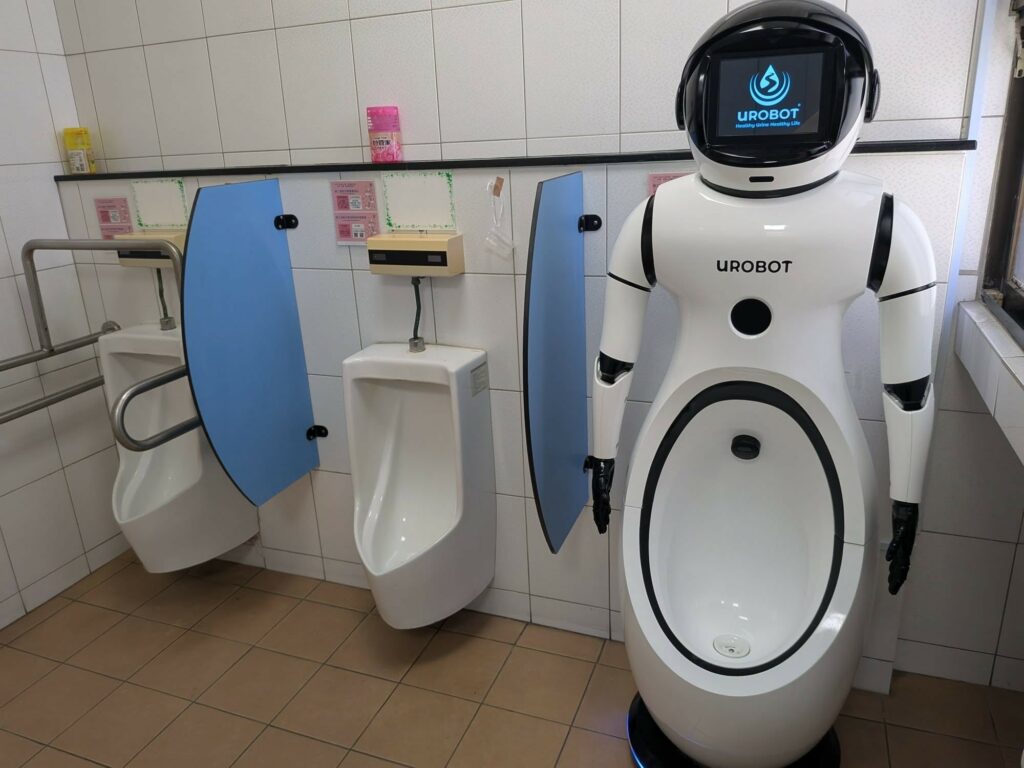
Redazione RHC : 22 June 2025 22:29
A Taiwanese hospital is testing Urobot, a smart urinal that instantly analyzes urine and emails the results. Although the device is designed in a “cute” style, social media users have noted that it looks scary and causes discomfort to patients.
The photo shows Urobot installed next to regular urinals in a men’s bathroom. The device is shaped like an anthropomorphic robot, with a logo screen on its body and a urinal built into its bottom. But Taiwan isn’t the only example of bold robotics in medicine. While Urobot monitors tests, other clinics are already using Nurabot, a robotic assistant created by Foxconn and Kawasaki.
It administers medications, patrols wards and helps patients find their way. Thanks to NVIDIA’s AI platforms, it is trained on digital copies of hospitals and the system itself lightens the workload of medical staff and helps combat the staffing crisis.
More and more healthcare facilities, especially in Asia, the United States and Europe, are adopting AI-based technologies for the early diagnosis of complex diseases. By analyzing medical images, biometrics and vital signs in real time, advanced algorithms can detect weak signals that the human eye might miss.
The adoption of devices like Urobot and Nurabot, and the increasingly widespread use of artificial intelligence in healthcare, raise questions about ethics, privacy and humanization of care. But one thing is certain: the healthcare of the future will be increasingly robotized, predictive and personalized.
And if once we relied only on the family doctor, today our health could be monitored by a robot with a digital smile… or a urinal connected to the network.
 Redazione
Redazione